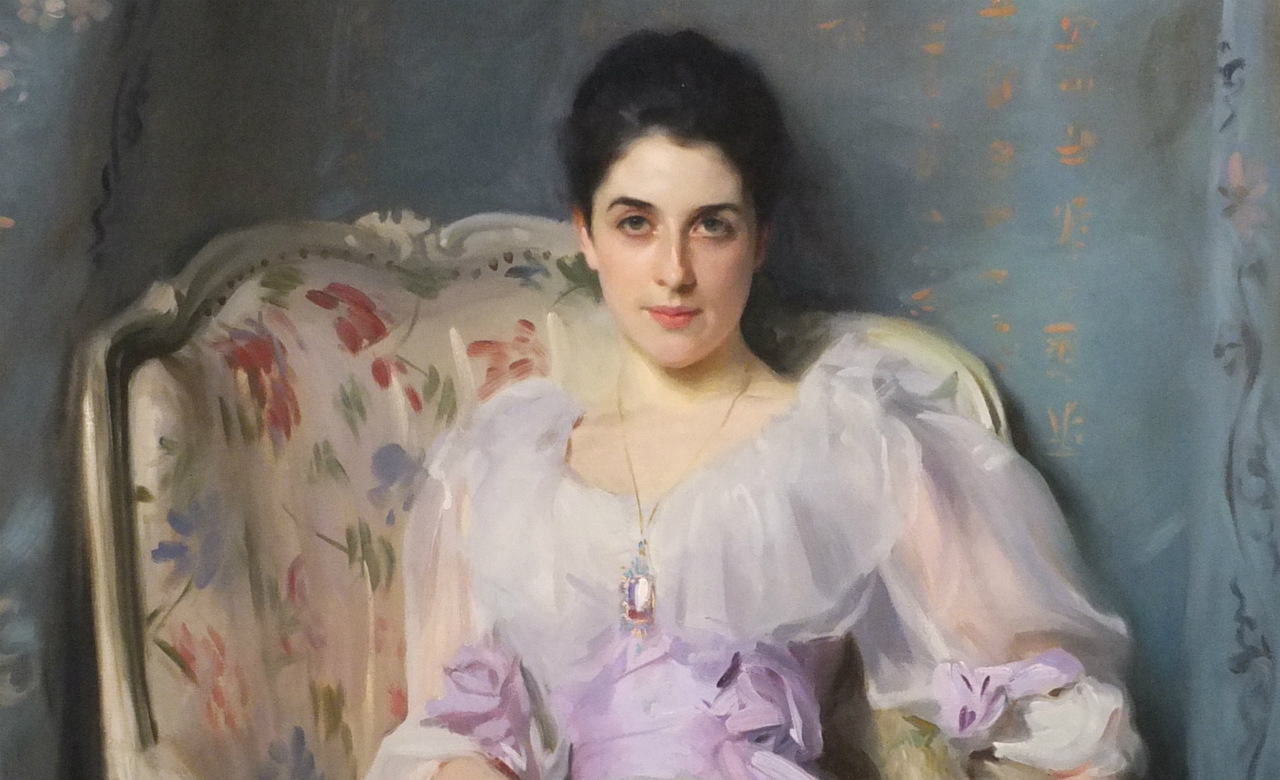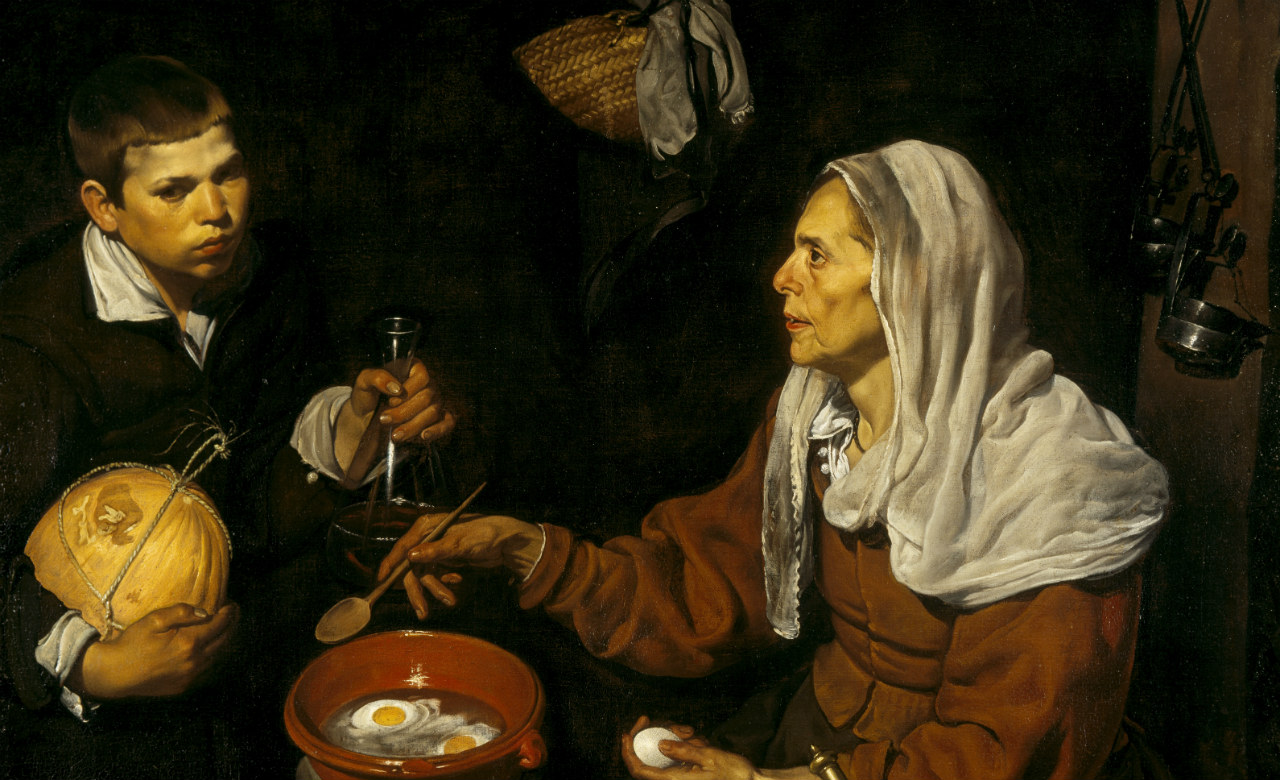Ben Quilty's Modern Guide to The Greats at the Art Gallery Of NSW
The Archibald Prize-winner thinks Velazquez and El Greco are more modern than ever.
In partnership with
Hundreds of years have passed since many of the masterpieces featured in The Greats at the Art Gallery of NSW were made. Botticelli, Boucher, Raeburn, Gauguin, Degas, Monet. Drummed in by high school textbooks, these names are part of the vocabulary of any good art-goer. But what do they mean today? Can they still surprise us?
Looking back on the stiff social decorum of the 12th through 19th centuries, it’s easy to underestimate the power of these paintings. However, many of the artists in this exhibition were true game-changers and provocateurs in their heyday. In fact, they were frequently shunned for their boldness. One of Australia’s favourite painters, Archibald Prize-winner Ben Quilty took time to share his thoughts on getting the most out of these artworks and understanding how they resonate with our contemporary era.
“All of the works in the show were radical for their time, really,” says Quilty. “Something we tend to do in Australia is lose context of pieces and what they meant at the time of their production. Context is essential in order to get your head around them and to give them the credit they’re due. These paintings were made hundreds and hundreds of years before a camera was invented.”
THE BUILDING BLOCKS OF CRAFT
One of the striking things about the paintings featured in The Greats is their technical precision. The highly controlled execution of these works is the product of painstaking hours of academic practice rather than a sense of innate genius that blossomed overnight.
“Back then, all children left school being able to draw beautifully,” says Quilty. “But drawing wasn’t the true skill. It was how you then contextualised and used drawing to make an image that was radical; an artwork that spoke to the contemporary world and challenged people’s notions.”
In many ways, it was the structure and rigour of art education that lifted artists into the annals of history. These masterpieces are the reward reaped by societies who choose to value art. “Absolutely, art was seen to be as important as philosophy, mathematics and Latin,” says Quilty. “And it was the ones who made some sort of symbol or statement or conceptual investigation into their societies that went on to become great artists.”

JOHN SINGER SARGENT: BREAKING WITH TRADITION
One of the boldest paintings to stir up a sensation toward the end of the nineteenth century was John Singer Sargent’s Lady Agnew of Locknaw (1892), one of the works you shouldn't miss at The Greats. “Looking at that painting, there are works in the Art Gallery of NSW’s collection that were directly inspired by it,” says Quilty. “People tend to think it’s just a funny old thing but it broke with so many traditions of that period.”
The subject of the painting, Lady Gertrude Agnew, is depicted in a decadent armchair against a silk tapestry printed with Chinese characters. However, it is her casual posture and piercing gaze that shocked viewers of the time, who condemned the work as indecent. “If you were a young adult when that painting was made, it was totally radical to see a female figure splayed out and laidback rather than very poised,” says Quilty.
EL GRECO: PAINTING OR POSTER?
Perhaps one of the more ambiguous paintings you will see in The Greats is El Greco’s An Allegory (Fabula) (1580 – 85). A boy, a monkey and a grinning man are huddled around a flame. Unlike other works in the show, this painting is far from the art of religious iconography or the commissioned portraits of aristocrats. Something mysterious is unfolding amid the arresting play of light and shadow. This work is also one of Quilty’s top picks for the exhibition.
“This painting strikes me as so contemporary,” says Quilty. “The first time I saw this work, it was like looking at a black and white poster. There is something very graphic about it. It’s very different to the rest of the show and so enigmatic. It’s beautiful and dark and foreboding. I guess this is the painting that makes me want to go to my studio and accelerate my practice.”
DIEGO VELAZQUEZ: PERFECT POACHED EGGS
The Greats has its share of showstoppers; however Diego Velazquez’s Old Woman Frying Eggs (1618) is all the more impressive knowing the artist was a mere teenager when he painted it. From the metallic shine of kitchen utensils to the gentle mingling of egg and water, the textural precision of this work is truly arresting — making it another of Concrete Playground's artworks you shouldn't miss at the exhibition.
“Seeing every piece of that painting — the hands, the fingernails, the shadow of the knife — it’s extraordinarily beautiful," says Quilty. Velazquez would have been mixing his own paint too. The pigment came straight out of the ground and was mixed with oils and binders to create something for us to see more than four hundred years later. It gives me goosebumps. You win, Diego."
Above all, this painting highlights the fundamental skills necessary to create a long lasting works of art. "When it comes to painting, you have to be aware of the boring and scientific side of things," says Quilty. "Part of the craft of being an artist is that you have to respect the materials you’re using and their histories. But you know what, if anyone can paint eggs poaching in boiling water like Velazquez can, I’ll do anything for them. It’s an extraordinary feat for an eighteen year old man.”
The Greats: Masterpieces from the National Galleries of Scotland runs October 24 to February 14. Tickets are $22 adult, $18 concession and available from the Gallery or the website.









